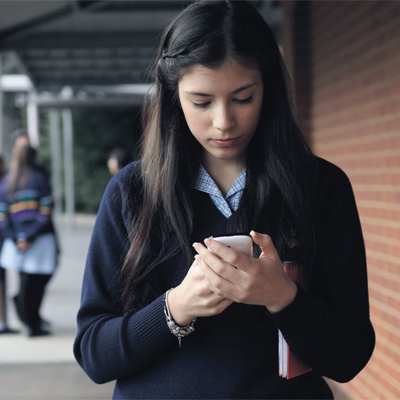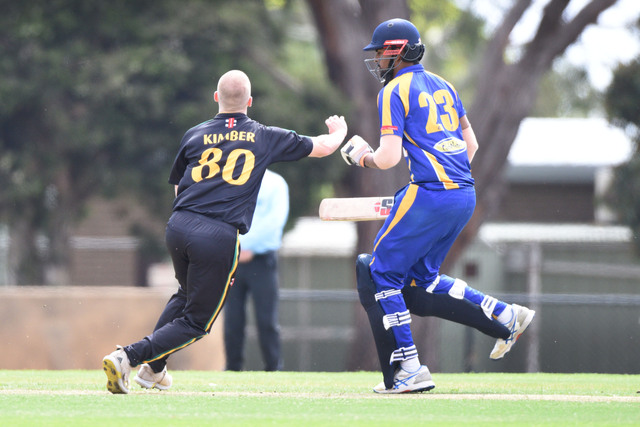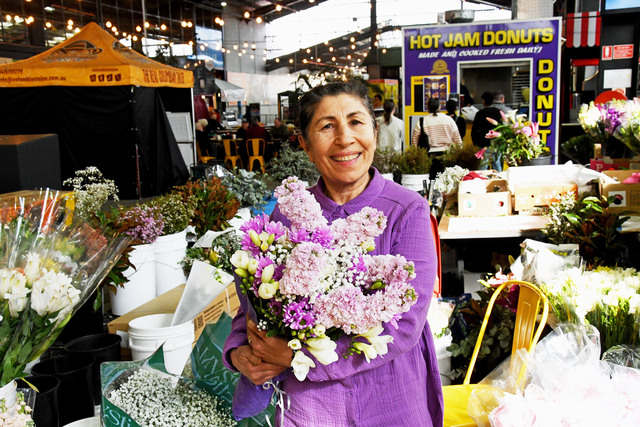Children under 18 are sending naughty pictures of themselves to each other. Harmless fun, or fraught with risk? James Taylor and Claire Thwaites investigate sexting.
Everyone at Kate’s secondary school found out about her star-shaped birthmark. The teenager was packing her bag after class one day when a group of boys started calling her ‘Twinkle’.
Kate had a horrible suspicion a rumour she and best friend Raz started a few days ago about fellow student Jack might have something to do with it.
She pulls Raz into the toilets to show her a photo on her mobile phone — Jack has put the intimate picture online in retaliation.
‘‘Jack and I took it when we were going out,’’ Kate confesses. ‘‘Now he’s sent it to everyone.’’ Raz considers the picture.
‘‘You can’t even really tell it’s you,’’ she says.
‘‘There are others. And they’re not just closeups,’’ Kate retorts.
‘‘Well, how much do they show?’’ Raz asks. Kate looks away; there are tears in her eyes.
This is not a true story — it’s a scene from the short film Tagged — but it is based on reality.
A growing number of people under 18 are sending sexually explicit images of themselves and other minors to each other, a practice known as ‘sexting’.
Teenagers might think of it as harmless fun, but the consequences can go well beyond embarassment at school.
Producing or sending such an image can lead to child pornography charges, although the state government is holding an inquiry to consider reforming the laws surrounding sexting.
The Australian Communications and Media Authority commissioned Tagged last year.
Research by the authority found that although young people recognised immediate risks in sharing personal information online, they were unlikely to think about the long-term consequences for their online and offline reputation.
In the 18-minute film, the teasing forces Kate to change schools but the outcome is worse for Jack, who is hauled before the police and worries about ending up on the sex offenders register.
This is not unlike real life — in two separate incidents last year, two Victorian teenagers involved in sexting were each charged with child pornography offences and placed on the register for eight years.
Gretchen Croome, of ACMA’s cybersafety programs section, says Tagged was deliberately made to speak at the level of children aged 14 and older.
‘‘Previously, kids were saying ‘Yeah, yeah… we’ve heard it all before’.’’
She says the filmmakers worked closely with teens to make Tagged as true to life as possible. It has been seen more than 50,000 times on YouTube alone.
‘‘The feedback we’ve been getting is that it’s very realistic. We were kind of expecting that not every student would love everything 100 per cent of the time, but almost all students have experienced the issues in the film in some way.’’
She says there are few comprehensive studies on the prevalence of sexting in Australia.
‘‘It shows how recent the problem is. Trying to get kids to talk openly and honestly is difficult. Most of them will say that they’ve received a text, but it’s harder to get them to admit to sending one.’’ Research from the UK found 38 per cent of 14-16 year olds have friends who have sexted, and 13 per cent said it happened all the time.
An online survey by Monash University’s Just Leadership program last year reported similar numbers.
Youth Wellbeing Project founder Liz Walker believes teachers and parents have a role to play in conveying the right messages about sex.
Early this month, she hosted two training workshops for educators in Casey that were attended by several schools, council staff and a representative from the Department of Justice.
She has run sessions across the country for youth workers, counsellors, teachers and nurses, and says sex education needs to be updated.
‘‘Educators across the board are strugging to keep up with what young people are doing.’’ She says the rise of sexting — which was discussed at the training — is one example of the shift in teenagers’ attitudes towards sex. She attributes this to the influence of pornography.
‘‘Young people are trying things at a much younger age and the things they are doing are escalating at an alarming rate.’’
She says there needs to be a consistent, holistic approach to sex education. ‘‘We have to have more open conversations and need to talk to our teenagers about the emotional impacts.’’
However, some experts have advised against tarring a 17-year-old boy who gets a picture from his 16-year-old girlfriend with the same brush as a sex offender.
In its report to the state government in April, the Victorian Law Reform Commission proposed no longer automatically placing teens prosecuted of sexting on the sex offenders register and Associate Professor Robert Nelson of Monash University says such images are unlikely to lead to sexual violence against a child.
Professor Nelson, who is the university’s associate director of student experience, says the problems associated with sexting only begin when adults get involved.
‘‘It’s then that the child is really traumatised. The picture gets reported to the school, which might report it to the police, who might lay charges.
‘‘The fear of the courts for a kid and his or her family is psychologically devastating. It’s the worst outcome, repairs nothing and does nothing to guarantee safety. This menace of criminality is legal nonsense.
‘‘Child porn is against the law, but kids who send one another naughty pictures have no intention of producing such a thing. The idea these rash young people might be put on trial and punished for producing child porn is preposterous.’’
The state and federal governments have moved to address the problem of digital demons. Almost 1000 schools across Victoria have registered with the eSmart program, established by the Alannah and Madeline Foundation.
It encourages young people to embrace the benefits of technology and reduce their exposure to online risks such as sexting, online sexual predation, cyberbullying, identity theft and fraud.
In May, Ringwood Secondary College became the first government school in Victoria to finish eSmart.
Principal Michael Phillips said the school had a proactive approach to cyber safety, and eSmart complemented that approach.
‘‘We didn’t want our students to be unaware. They need to know how to protect themselves online.
Being eSmart is everyone’s responsibility — it’s students, parents and staff all working together.’’
Ms Croome said a sequel to Tagged was not out of the question.
‘‘Even on the day we launched it, people liked it so much they were saying ‘When’s the next episode?’ We’ve definitely got some other exciting things on the horizon.’’ As for a solution to sexting, she said teenagers should ‘‘be sensible, have some common sense and just be nice’’.
‘‘I don’t think it can be stopped altogether. It’s a matter of educating people about the risks and their responsibilities.’’
To watch Tagged online, visit cybersmart.gov.au/tagged.
* For more information about eSmart, visit esmartschools.org.au.







